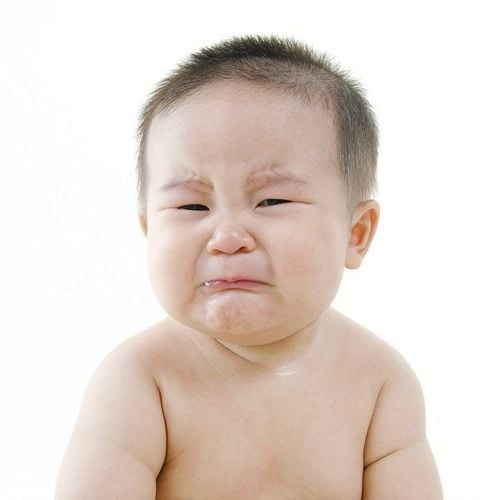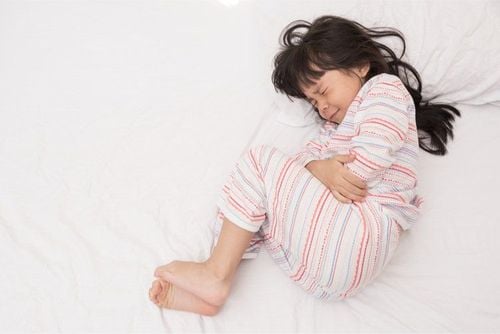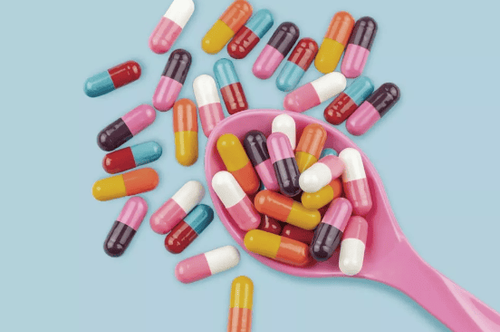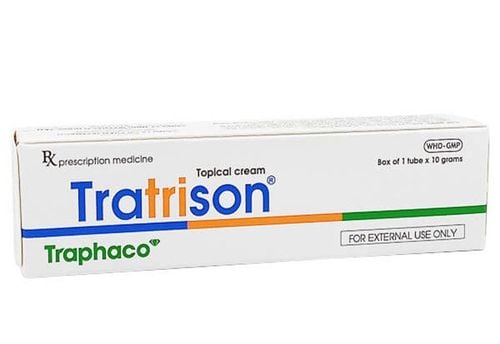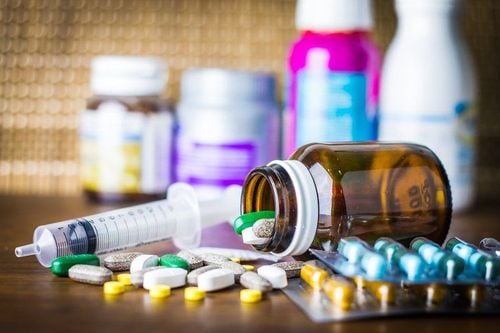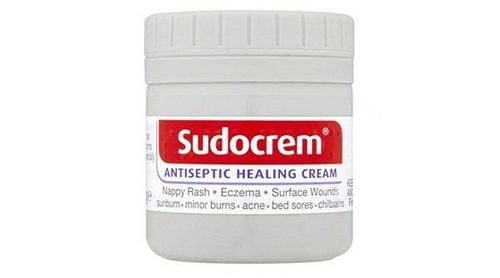This is an automatically translated article.
The article was professionally consulted by Specialist Doctor I Nguyen Thi My Linh - Neonatologist - Department of Pediatrics - Neonatology - Vinmec Danang International General Hospital.Your baby's diaper area is irritated and red is a common diaper rash symptom. Your baby's skin may also be slightly swollen and warm to the touch. Mild diaper rash appears only a few red spots in a small area. More severe, red bumps will spread to the baby's abdomen and thighs.
1. Causes of diaper rash
Most babies get diaper rash, especially during the first year of life. The causes of diaper rash in babies can be:Wetness Even the most absorbent diapers leave moisture on a baby's skin. When your child's urine mixes with bacteria from the stool, it breaks down into skin-irritating ammonia. This is why babies with frequent bowel movements or diarrhea are more prone to diaper rash.
Although babies who wear wet or soiled diapers for too long are more likely to develop diaper rash, even with diligent diaper changes, babies with sensitive skin can still develop rashes.
Irritation and sensitivity Newborn diaper rash can be the result of diapers rubbing against your baby's skin, especially if your baby is sensitive to chemicals. The irritating ingredient in disposable diapers is fragrance, in cloth diapers, it's the detergent you use to clean. Products used during diaper changes, such as moisturizer or baby powder, can also irritate your baby's skin.
New foods The diaper rash phase is also often when starting solids or trying a new food. New foods will change the composition of stools, especially the acids in strawberries and fruit juices that are more likely to cause problems for children. Trying a new food can also increase your child's frequency of heavy bowel movements. In general, breastfed babies are less likely to develop diaper rash, but are still at risk of reacting to foods their mothers have eaten.
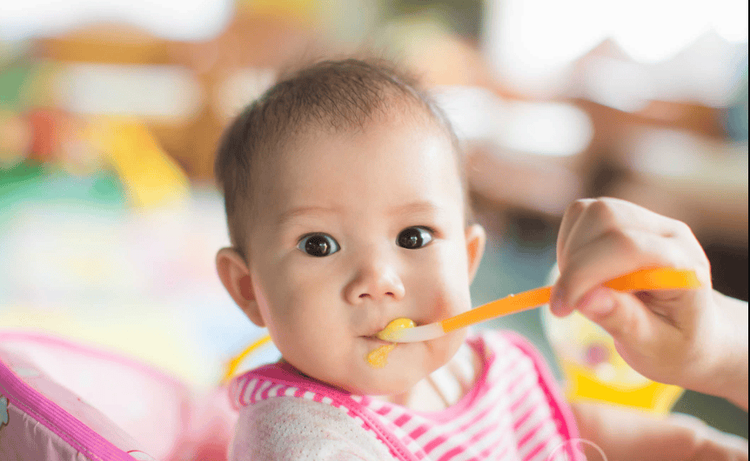
Một thức ăn mới trong quá trình ăn dặm cũng khiến bé bị hăm tã
Antibiotics Children taking antibiotics, or children whose nursing mothers take antibiotics, sometimes get yeast infections. The reason is that these drugs also destroy the good bacteria - which keep the function of controlling yeast and harmful bacteria that cause disease. Antibiotics can also cause diarrhea, which can contribute to diaper rash.
2. When should I take my baby to the doctor with diaper rash?
With early detection and careful care, you can get rid of the rash on your baby's skin in 3-4 days without going to the doctor. But take your baby to a medical facility as soon as you notice signs of an infection, including:Blisters Pimples filled with pus Yellow discharge sores Your child's doctor may prescribe oral or topical antibiotics for your child. . For diaper rash caused by a yeast infection, your doctor may prescribe an over-the-counter antifungal medication or ointment.
Note, also see a doctor if your baby has a diaper rash accompanied by a fever or the rash does not go away after a few days of home treatment.

Nếu bị hăm tã nặng, bác sĩ có thể chỉ định thuốc uống hoặc bôi kháng sinh cho trẻ
3. Children with diaper rash should do?
If your baby has a diaper rash, take these steps to heal your baby's skin:Keep your baby clean and dry by changing diapers frequently, including waking up in the middle of the night to change diapers Clean the area diapers every time. Do not use wet wipes containing alcohol or perfume. Instead, you can use cotton balls and a spray bottle or basin of warm water to gently clean your baby. Gently pat the baby's skin, do not rub when cleaning. Use an ointment created to protect the skin from irritation by feces and urine. Apply a thick layer just enough to not have to use ointment at each diaper change. This also helps prevent skin irritation from rubbing too much. There are several good ointments that are widely available, including mineral ointment (vaseline) or zinc oxide.
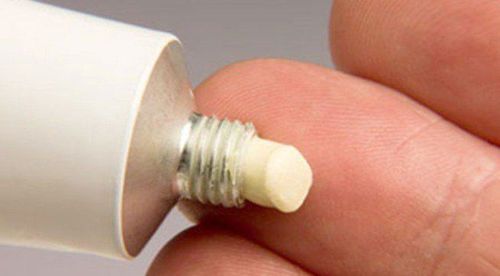
Thuốc mỡ có tác dụng bảo vệ da trẻ khỏi phân và nước tiểu
4. Preventing diaper rash in babies
Some measures to prevent diaper rash in babies are:Change your baby's diaper often or as soon as possible after the diaper is wet or dirty, the goal being to keep the area dry at all times. Clean your baby's genital area carefully with each diaper change. Pat skin dry only, never rub. You can also use a hair dryer on low to dry the diaper area after changing. If your baby is prone to diaper rash, apply a thin layer of ointment to his skin after each diaper change. Do not use powdered powders as the particles can harm a child's lungs if inhaled. Some experts think that powder can make yeast diaper rash worse. When your baby starts to eat solids, try them one at a time. Wait a few days before changing to a new food to make it easier to determine if your baby is sensitive to it. If so, avoid the food during this time. Do not wear diapers so tight that air cannot circulate. Use unscented bleach to wash cloth diapers. Skip fabric softener as it can irritate your baby's skin. Wash diapers in hot water, rinse and wring out at least 2 times. You can also add half a cup of vinegar to your first wash to remove irritants. Breastfeed for as long as possible because diaper rash occurs less frequently in breastfed babies. When your child needs antibiotics, ask the doctor about giving him a probiotic. Probiotics stimulate the growth of healthy bacteria in the gut, thereby reducing the risk of diaper rash in babies. If your child goes to daycare or kindergarten, make sure their caregivers understand the importance of taking these precautions.
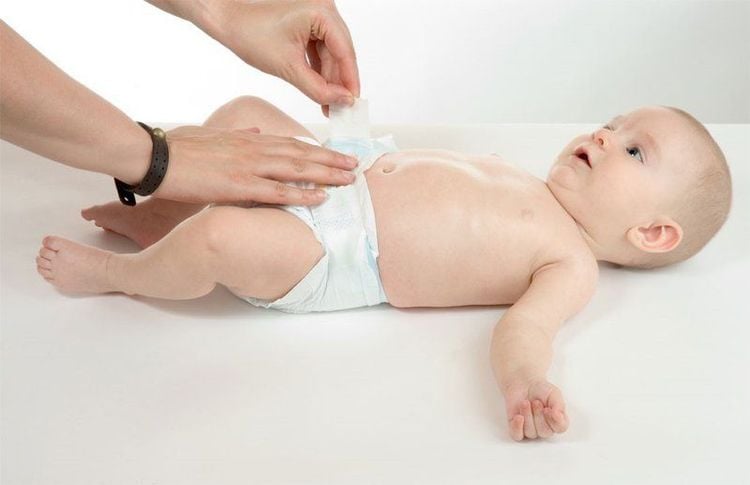
Thường xuyên thay tã giúp trẻ không bị hăm tã
Parents can learn more:
Why do you need to supplement Lysine for your baby?
The role of zinc - Guidelines for reasonable zinc supplementation
Please visit the website Vinmec.com regularly and update useful information to take care of your baby and family.
Reference source: babycenter.com





